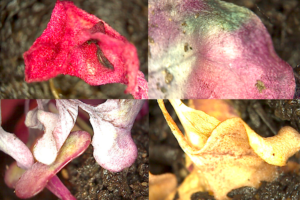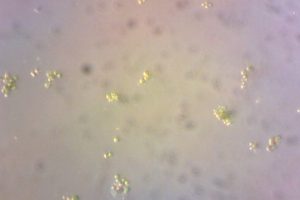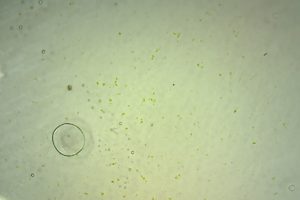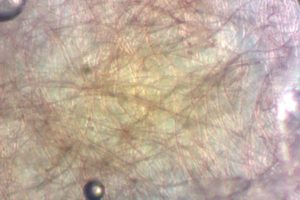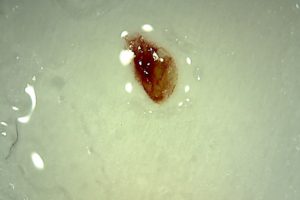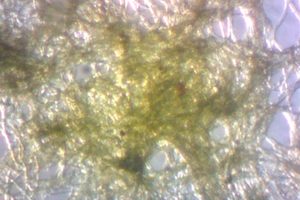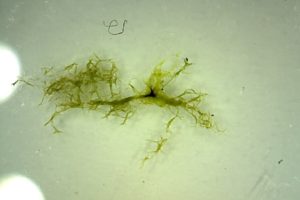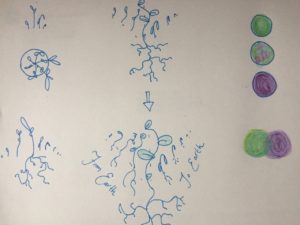Revisiting micro green composites
Something unexpected this week was realizing my micro greens are dying. I was thinking a lot about apoptosis, and how death is necessary for a healthy ecosystem, to allow other living things to thrive. I recreated some of the composites I made when my micro greens were growing now that they are shriveling, drying, changing color, and dying. Some of the colors were really striking.
Micro green bin on day 32:
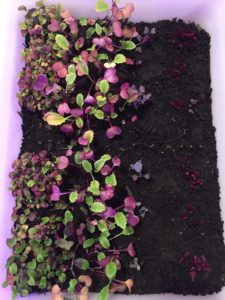
@ 10x magnification
Each type of micro green planted:
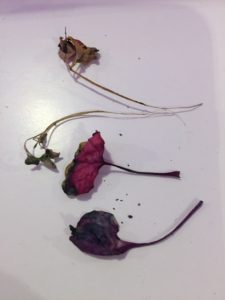
@ 7.5-50x magnification
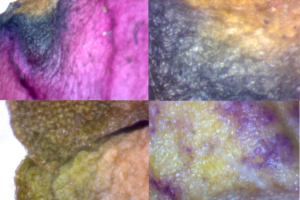
Algae Cultures
These photos made me wonder if it would be interesting to include as part of my project a color study of the dominant species of the world now and what it might be once other species dominate the planet. Or maybe even a color study of the life and death of particular organisms.
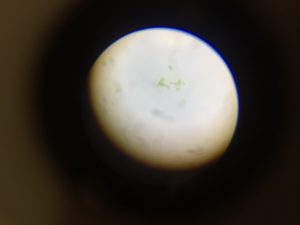
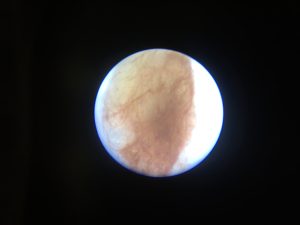
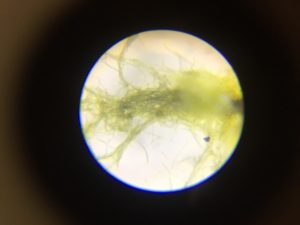
I’m continuing research on microscopy and time-lapse microscopic photography, and have ordered a few more items to start experimenting with (including a raspberry pi camera and magnifying beads).
Algae growing set up
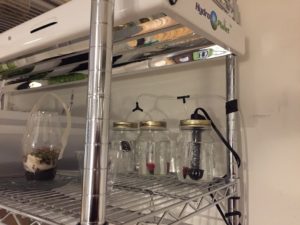
We set up mason jars to being growing spirulina, porphyra, and chlorella!
Final concept development
Played with some initial logo ideas: somehow ended up with stuff that looked like a street light or mastercard logo. I liked the idea of showing a cycle of life and death but couldn’t pull out the elemental pieces.
Can immersing ourselves in an environment of small, growing, parts of the larger ecosystem help us understand our own consumption and the work the earth does to replenish itself?
Can juxtaposition between living and dying help us think about our role in the larger biosphere? How can observing the mechanisms by which other living things recycle everything in their environment and are ultimately absorbed back into it help us reflect on the waste we produce throughout our lives?
How can speculative design problems arising from replicating our environment on other planets help us appreciate the earth’s services and help us address problems that have already arisen trying to maintain our habitats on earth?
Why focus on algae? I was interested in algae in the first place as a potential way to bio-remediate phosphorus and nitrogen pollution. Nutrient pollution was an interesting problem to address since it sits at the intersection of food security, resource depletion, human population growth, and pollution. Thinking about this made me reframe the idea of ‘limits to growth’ less abstractly as limits to HUMAN growth and societal development.
Algae grows rapidly & has a number of environmental benefits: it can be used as biofuel, food, to produce oxygen, to remediate polluted environments, including as a chelating agent, even to terraform mars. There is also so much work being done around cultivating it at different scales. I wonder if we can better address the ecological problems at hand by imagining a world where we’re hyper-reliant on algae? Or maybe many solutions really do lie in further algae-focused biodesign?
Idea #1: VR stereoscope that leverages scale
Try a microscopic VR stereoscope-esque experience that includes increasing levels of magnification and/or some kind of telling comparison. For in-class testing, I’m going to present using google cardboard:
I created additional 360 photos to juxtapose those I took when the plants were still growing.
Idea #2: Yet Another Way of experiencing microscopic worlds
Try using projection, pepper’s ghost, hologram to display a magnification or scientific information in a new way. Perhaps you insert a slide to start, and play with a physical controller to manipulate information, comparisons to other things, the magnification settings.
